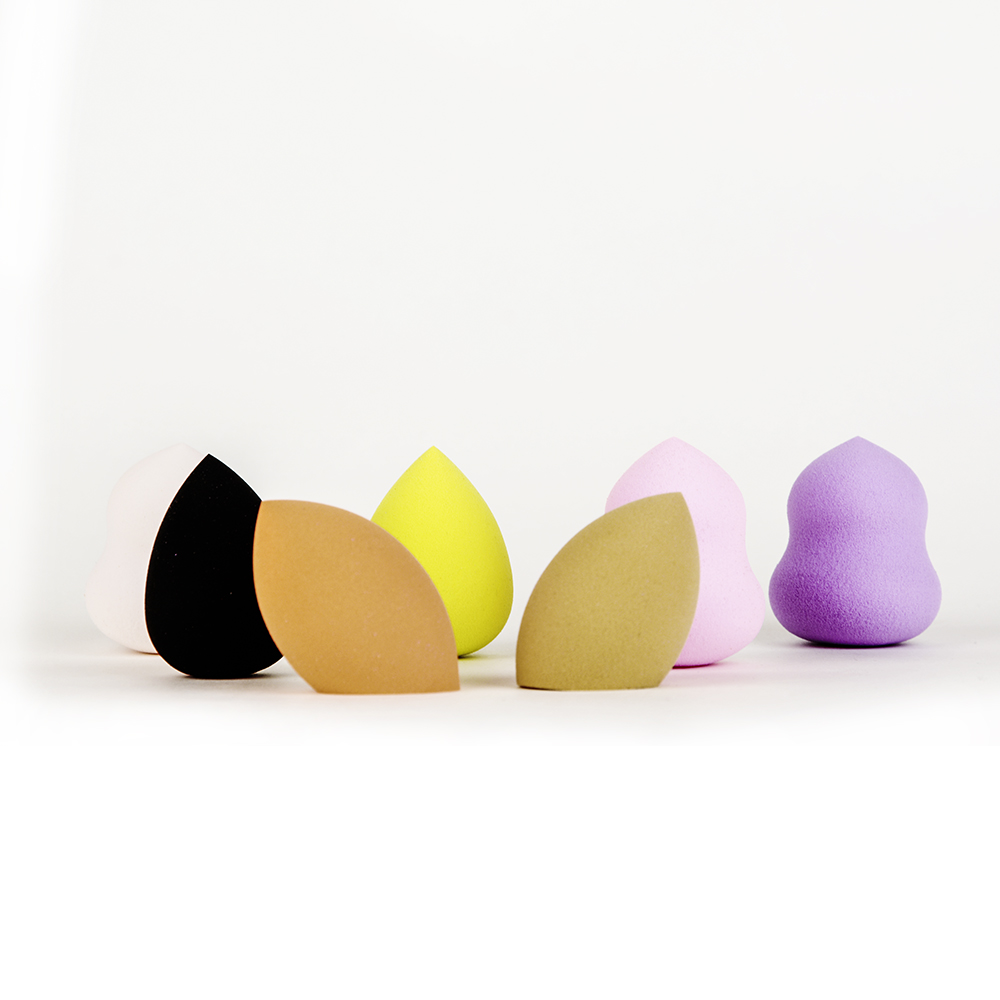Makeup sponge, Beautyblender sponge, makeup puff, foundation blending sponge, multi-colored makeup sponge Luyi County Jiamei Cosmetic CO.,Ltd , https://www.eyelash.show
Rabbit Interleukin 1 (IL-1) Elisa Kit
Rabbit interleukin-1 (IL-1) sample treatment and requirements: 1. Serum: room temperature blood solidified for 10-20 minutes, centrifuged for about 20 minutes (2000-3000 rev / min). The supernatant is carefully collected, and if precipitation occurs during storage, it should be centrifuged again. 2. Plasma: EDTA or sodium citrate should be selected as an anticoagulant according to the requirements of the specimen. After mixing for 10-20 minutes, centrifuge for about 20 minutes (2000-3000 rpm). The supernatant is carefully collected, and if a precipitate forms during storage, it should be centrifuged again. 3. Urine: Collect with a sterile tube and centrifuge for about 20 minutes (2000-3000 rpm). The supernatant is carefully collected, and if a precipitate forms during storage, it should be centrifuged again. The chest and ascites and cerebrospinal fluid are referred to. 4. Cell culture supernatant: When detecting secreted components, collect them in a sterile tube. Centrifuge for about 20 minutes (2000-3000 rpm). Collect the supernatant carefully. When the intracellular components were detected, the cell suspension was diluted with PBS (pH 7.2-7.4) to a cell concentration of about 1 million/ml. By repeated freezing and thawing, the cells are destroyed and the intracellular components are released. Centrifuge for about 20 minutes and 2 minutes (2000-3000 rpm). Collect the supernatant carefully. If a precipitate forms during storage, it should be centrifuged again. 5. Tissue specimen: After cutting the specimen, weigh the weight. Add a certain amount of PBS, pH 7.4. It was quickly frozen and stored in liquid nitrogen for use. The specimen still maintains a temperature of 2-8 ° C after melting. A certain amount of PBS (pH 7.4) was added, and the specimen was homogenized by hand or homogenizer. Centrifuge for about 20 minutes (2000-3000 rpm). Collect the supernatant carefully. One part of the package is to be tested, and the rest is frozen for use. 6. The specimens should be extracted as soon as possible after collection, and the extraction should be carried out according to the relevant literature. The experiment should be carried out as soon as possible after extraction. If the test cannot be performed immediately, the specimen can be stored at -20 °C, but repeated freezing and thawing should be avoided. 7. Samples containing NaN3 cannot be detected because NaN3 inhibits horseradish peroxidase (HRP) activity.
